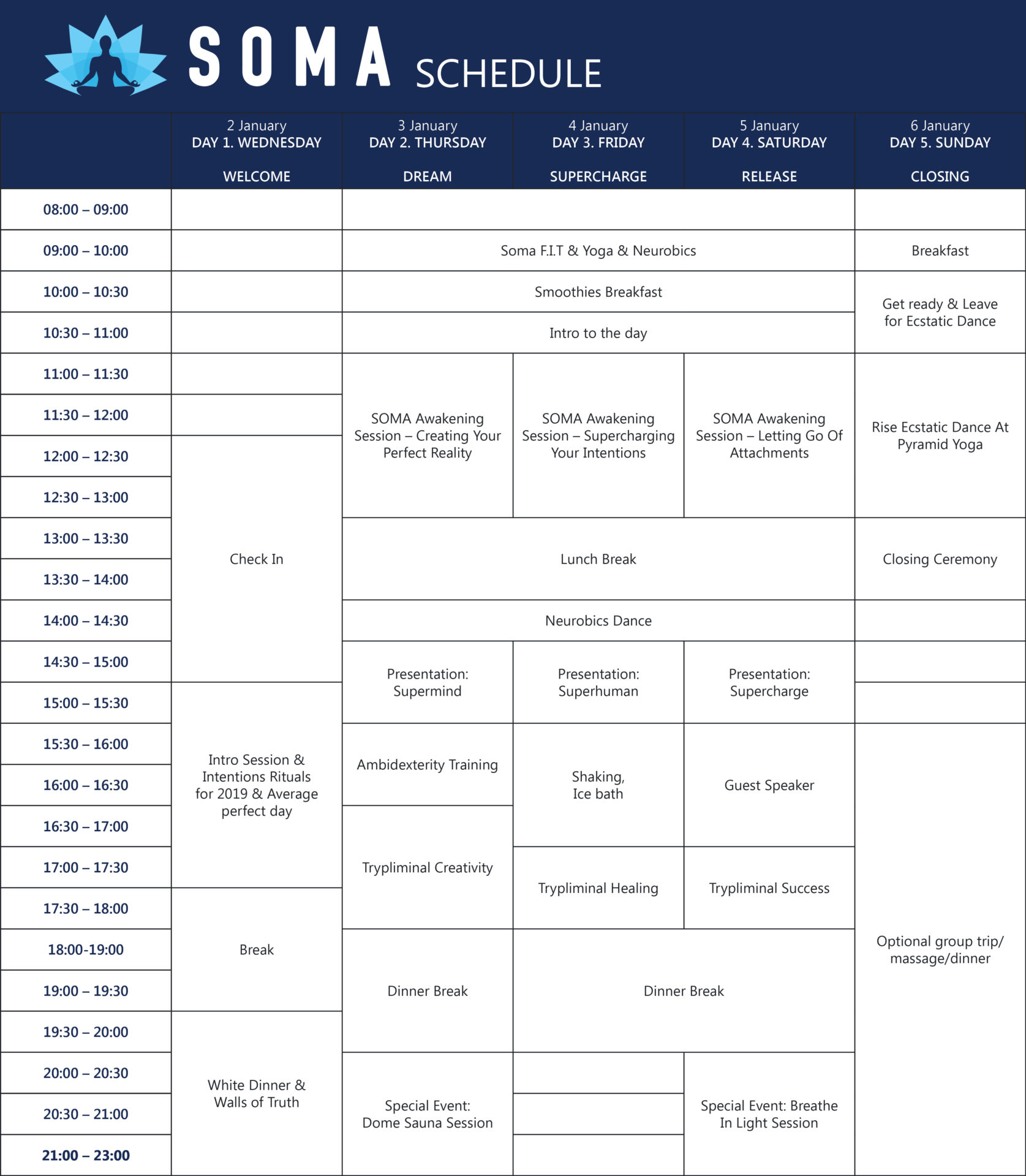According to yogic philosophy, our bodies and minds are deeply connected, and one way to improve our overall well-being is by using special breathing exercises. Alternate nostril breathing, also called Nadi Shodhana Pranayama is one of these exercises, and it is pretty fascinating because it can help make our minds feel balanced, calm, and energized all at once. So, if you are feeling stressed or anxious, giving alternate nostril breathing a try might help you feel better and more relaxed.
Understanding the Science: Alternate Nostril Breathing and Brain Hemispheres
Explore how your brain works, and you will find something interesting: each nostril corresponds to a different hemisphere of your brain. When you use your left nostril, it activates the right side of your brain, and using your right nostril activates the left side. By performing alternate nostril breathing, you can improve how well these two sides of your brain work together, helping you think more clearly and feel balanced.
Restoring Balance: The Nasal Cycle and Alternate Nostril Breathing
Have you experienced the sensation of one nostril dominating the breathing process? This phenomenon, known as the nasal cycle, highlights how our breathing system works together dynamically. Practicing alternate nostril breathing restores the balance in your nasal cycle, which subsequently restores balance in your brain and body!
The Meditative Elixir: Alternate Nostril Breathing Benefits
Beyond its physiological implications, Nadi Shodhana or alternate nostril breathing has powerful calming effects, reducing stress and anxiety while facilitating mental rejuvenation. Yogic texts state that this technique orchestrates the body's cooling and warming cycles, culminating in lowered heart rate and blood pressure (Goyal et al. (2014). Furthermore, it serves as a catalyst for clearer cognition and enhanced reaction times ( Dhadse and Fadia (2013).
Here are the most significant Nadi Shodhana benefits:
- Stress Reduction: Alternate nostril breathing is renowned for its ability to alleviate stress and promote relaxation by activating the body's relaxation response, thereby calming the mind and reducing feelings of anxiety.
- Enhanced Mental Clarity: Practicing alternate nostril breathing can sharpen mental focus and clarity by balancing the left and right hemispheres of the brain, leading to improved cognitive function and decision-making abilities.
- Improved Respiratory Health: Regular practice of the alternate nostril breathing technique can enhance respiratory function by promoting deeper, more efficient breathing, which can help alleviate respiratory issues such as asthma and allergies.
- Emotional Balance: This breathing technique helps regulate emotions by harmonizing the body's energy channels, promoting emotional stability and resilience in the face of life's challenges.
- Increased Energy Levels: Alternate nostril breathing can boost energy levels by stimulating the flow of vital energy (prana) throughout the body, leaving you feeling refreshed, revitalized, and ready to take on the day.
- Better Sleep Quality: Incorporating alternate nostril breathing into your bedtime routine can promote relaxation and ease insomnia by calming the nervous system and preparing the body for restful sleep.
How to Do Alternate Nostril Breathing: A Step-by-Step Guide
Embark on your journey toward tranquillity with this simple yet potent alternate nostril breathing technique:
- Posture: Sit upright in a comfortable position with your back straight. Place your left hand on your left knee.
- Hand Positioning: Bring your right hand to your face, positioning your index and middle fingers on your forehead over the third eye area.
- Inhalation: Use your thumb to close the right nostril and inhale slowly and steadily through your left nostril. Pause briefly.
- Exhalation: Close your left nostril with your ring finger, then release your thumb to open your right nostril. Exhale gradually and evenly through the right nostril.
- Repeat: Inhale through the right nostril, pause, then exhale through the left nostril. This completes one cycle. Continue for approximately 10 cycles.
- Conclusion: Release your right hand and rest it on your right knee, returning to natural breathing.
Advancing Your Practice: Explore Sahita Pranayama & Suryabhedana Pranayama
For seasoned practitioners seeking deeper engagement, consider incorporating these advanced alternate nostril breathing techniques:
Sahita Pranayama:
- Inhale through the left nostril, counting up to 16.
- Hold your breath by closing both nostrils, counting up to 64.
- During this time, make a sucking-in effort that creates negative pressure inside the chest cavity (uddiyana bandha).
- Then, release the breath through the right nostril, counting up to 32.
- Repeat the process with the other nostril to complete the cycle.
This builds up anaerobic strength and improves lung function (Gulhane & Rane, 2015). Alternate nostril breathing can improve lung function to a level that is comparable to athletic levels of fitness! (Prakash et al., 2007).
Suryabhedana Pranayama
- Breathe in fully through the right nostril.
- Then, hold your breath with a lot of effort while maintaining the chin lock (jalandhara bandha).
- Hold your breath for as long as you possibly can.
- When it is time to exhale, do so slowly, continuously, and patiently out of your left nostril.
- This should be repeated continuously.
This Pranayama is said to extend life and awaken the kundalini as well as increase heat in the body. The opposition between the urge we feel to breathe and voluntarily suppressing this urge raises our body temperature so that we don’t need to shiver to raise our body temperature when it is cold.
It is possible to raise your body temperature enough to sweat using this method!
Raising your body temperature intentionally can ward off the common cold. Inducing a higher body temperature creates the ideal temperature for immune cells to thrive (Kox et al., 2014).
Join the Journey: Experience Alternate Nostril Breathing Today
Are you ready to embark on a transformative voyage of self-discovery through alternate nostril breathing and Nadi Shodhana Pranayama? Share your insights and experiences with us in the comments below, and join our community dedicated to holistic well-being and inner harmony.


Is there any clinical testing that confirms the nasal and opposite hemisphere connection?
Raising the temperature increases the immune cells because raising the temperature increases the bodies inflammations and so the body needs to have a faster and highe functioning system.
Increased temperature increases cell division and so can increase the nast divisions of Cancer cells just as much, requiring the body to increase immune cells.
Why would you think that increasing teh immune system was a good thing. Ideally we shouldnt be able to measure anything happening in the immune system becayuse there is nothing happening that the immune system needs to deal with.
Higher immune function is a negative thing not a positive thing.
Thank you! It was difficult for me to hold the breath till 64 and afterwards impossible to breathe out till 32. The breath wanted to be released very quickly. The next cycle of breathing in with the right nostril was also too quick, so I was not able to breathe in with the right nostril till 32, but done it very quickly. I love this exercise, but not able to fulfil the counting cycles. What would you recommend in this case? Thanks in advance, with Love!
Hi Aksana, great to hear your experience – thank you for sharing. It is a more challenging exercise, so the best thing is to keep practising and you will notice improvements surprisingly quickly!